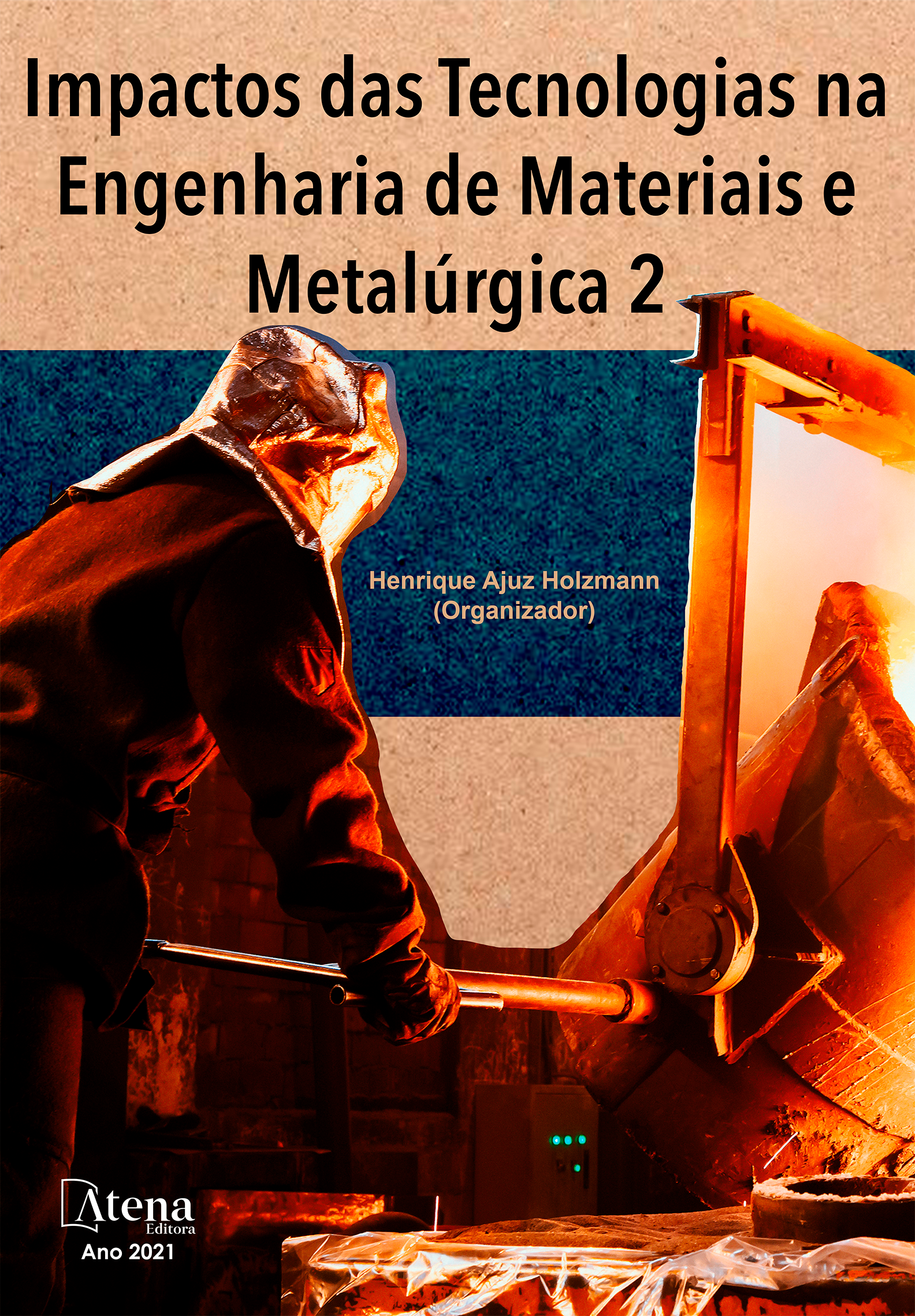
SYNTHESIS AND CHARACTERIZATION OF STRONTIUM ALUMINATE DOPED WITH TERBIUM BY THE REVERSE POLYMER EMULSION METHOD AND THE INFLUENCE OF PH ON POLYMORPHISM
Os materiais luminescentes são uma das classes de materiais que vem ganhando ênfase tanto no que se refere ao âmbito acadêmico como tecnológico, devido às suas vastas aplicações em diversas áreas. Dentre as classes desses materiais, vale salientar os aluminatos de estrôncio, atualmente, muito utilizados na ciência como pigmentos fotoluminescentes e termoluminescentes de longa duração que, ao serem dopados com terras-raras, passam a exibir uma alta eficiência quântica além de longa fosforescência. Dessa forma, o estudo teve como objetivo a obtenção do aluminato de estrôncio dopado com íon térbio trivalente (Tb3+) a partir do precursor polimérico, obtido através do método de polimerização por emulsão reversa e a avaliação da influência do pH no polimorfismo do material. A metodologia aplicada teve como princípio a formação de duas fases: orgânica e aquosa. Entretanto, utilizou-se de duas vias distintas para a realização da mesma: a primeira fez uso de uma solução contendo o óxido de térbio juntamente com o ácido nítrico em pH 0; e para a segunda via, uma solução idêntica a primeira foi submetida a um processo de evaporação e adição constante de agua, até que a solução se tornasse transparente e o valor do pH atingisse uma faixa entre 4-5. Para o processo de calcinação, as amostras foram submetidas a uma temperatura de 900 °C por 2 horas, com uma rampa de aquecimento de 20 °C/ min, gerando um pó de coloração branca. De acordo com a caracterização óptica dos materiais, observou-se dois picos de emissão, sendo a mais intensa àquela na região verde do espectro visível, decorrente da presença do íon térbio no seu estado de oxidação mais elevado, Tb3+. A caracterização estrutural foi realizada através da técnica de DRX, na qual obteve-se as fases: SrAl2O4, SrAl4O7 e Sr3Al2O6, sendo esta última a fase majoritária.
SYNTHESIS AND CHARACTERIZATION OF STRONTIUM ALUMINATE DOPED WITH TERBIUM BY THE REVERSE POLYMER EMULSION METHOD AND THE INFLUENCE OF PH ON POLYMORPHISM
-
DOI: 10.22533/at.ed.3142119019
-
Palavras-chave: Aluminatos de Estrôncio. Luminescência. Terras- raras. Emulsão reversa.
-
Keywords: Strontium aluminates. Luminescence. Rare earths. Reverse emulsion.
-
Abstract:
Luminescent materials are one of the classes of materials that has gained emphasis both in terms of academic and technological, due to their vast applications in various areas. Among the classes of these materials, it is worth noting the strontium aluminates, currently widely used in science as photoluminescent pigments and long-lasting thermoluminescence, which, when doped with rare earths, they start to exhibit a high quantum efficiency in addition to long phosphorescence. Thus, the study aimed to obtain the aluminate of strontium doped with trivalent terbium ion (Tb3+) from the polymeric precursor, obtained through the reverse emulsion polymerization method and the evaluation of the influence of pH on the polymorphism of the material. The applied methodology had as principle the formation of two phases: organic and aqueous. However, two different routes were used to perform it: the first used a solution containing terbium oxide together with nitric acid at pH 0; and for the second way, an identical solution the first was submitted to a process of evaporation and constant addition of water, until the solution became transparent and the pH value reached a range between 4-5. For the calcination process, the samples were submitted to a temperature of 900 °C for 2 hours, with a heating ramp of 20 °C/ min, generating a white powder. According to the optical characterization of the materials, two emission peaks were observed, the most intense to that in the green region of the visible spectrum, due to the presence of the terbium ion in its highest oxidation state, Tb3+. The structural characterization was performed through the XRD technique, in which the following phases were obtained: SrAl2O4, SrAl4O7 and Sr3Al2O6, the latter being the majority phase.
-
Número de páginas: 14
- Paulo Neilson Marques dos Anjos
- Talyta Silva Prado


